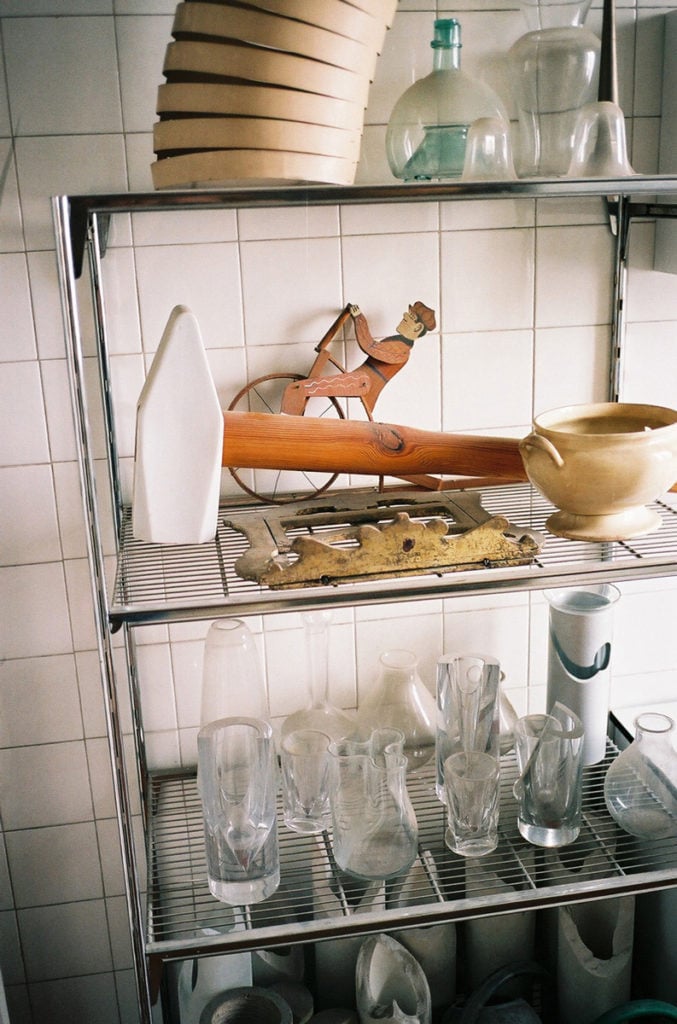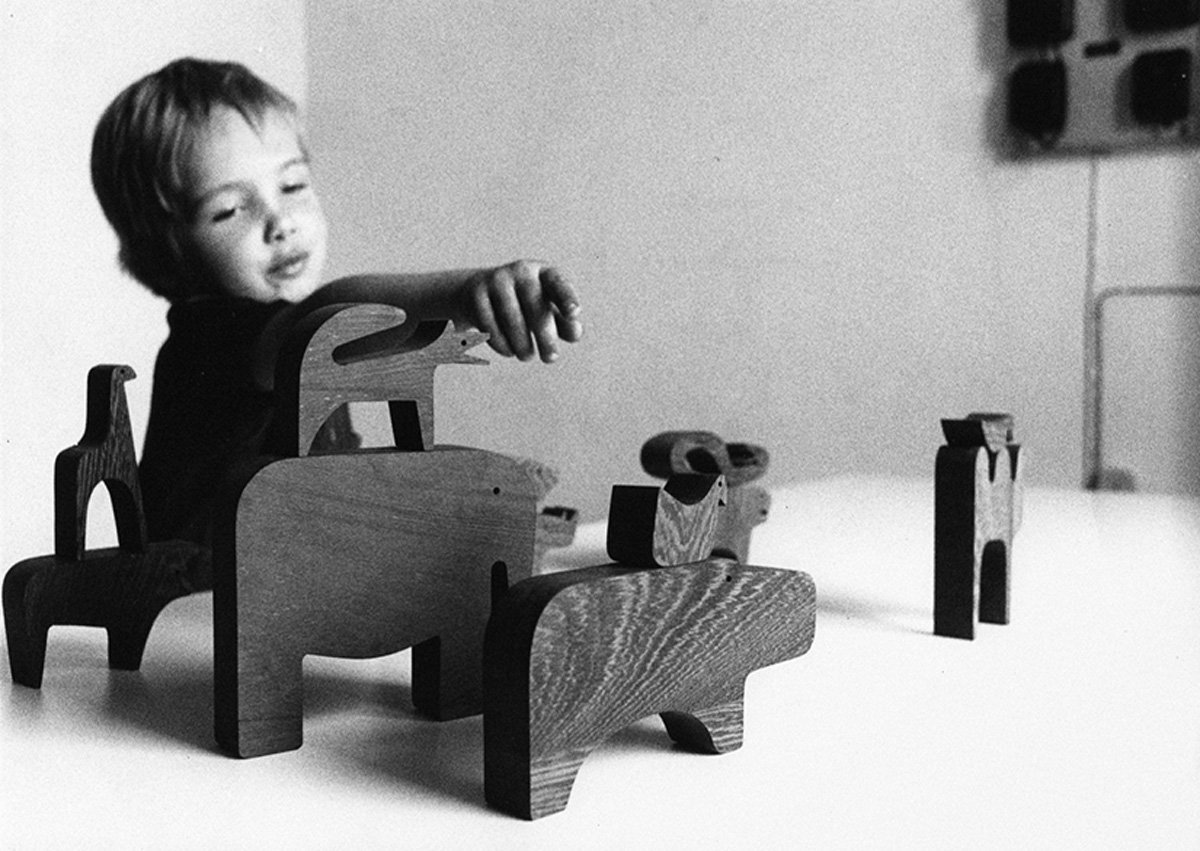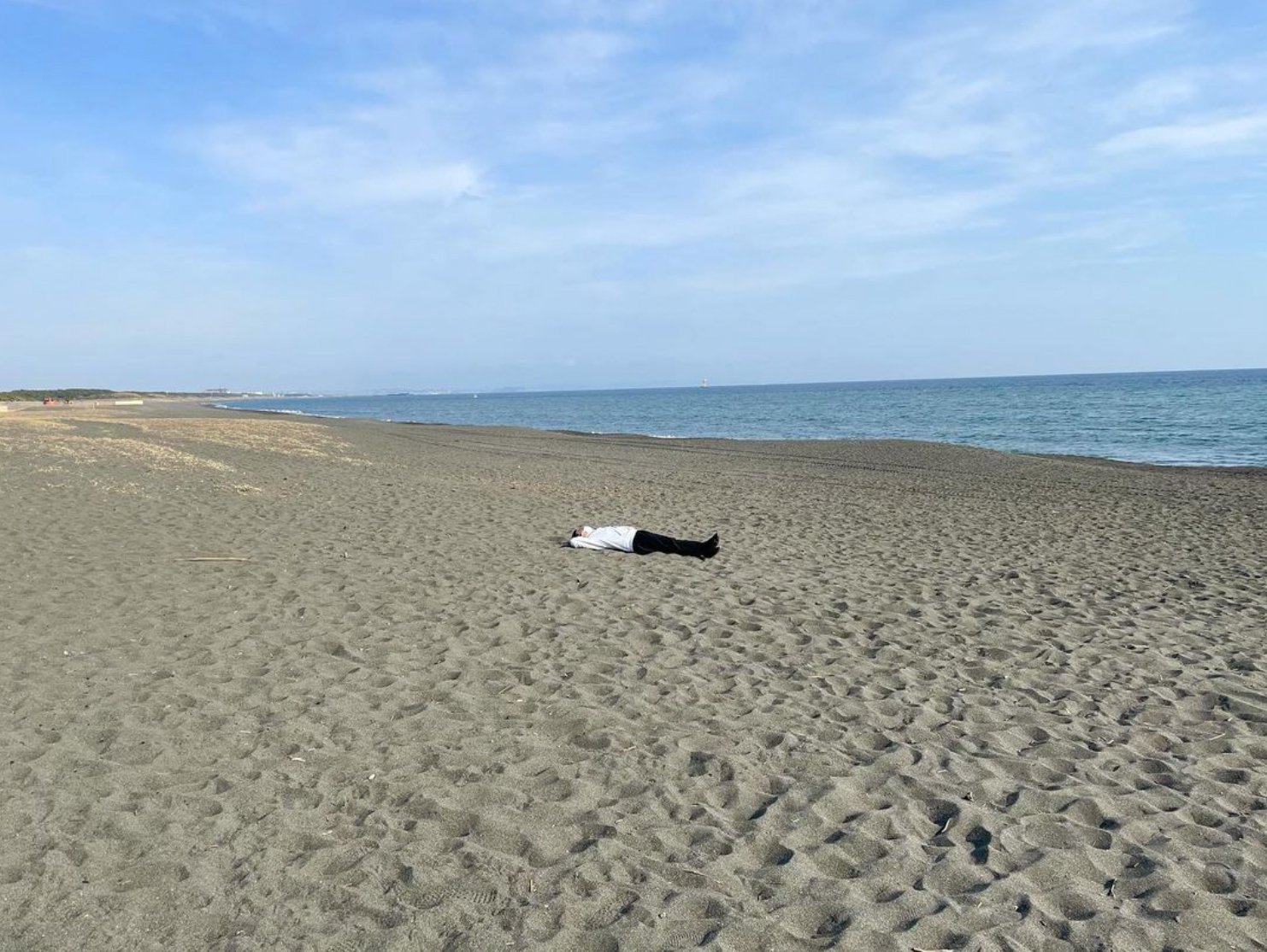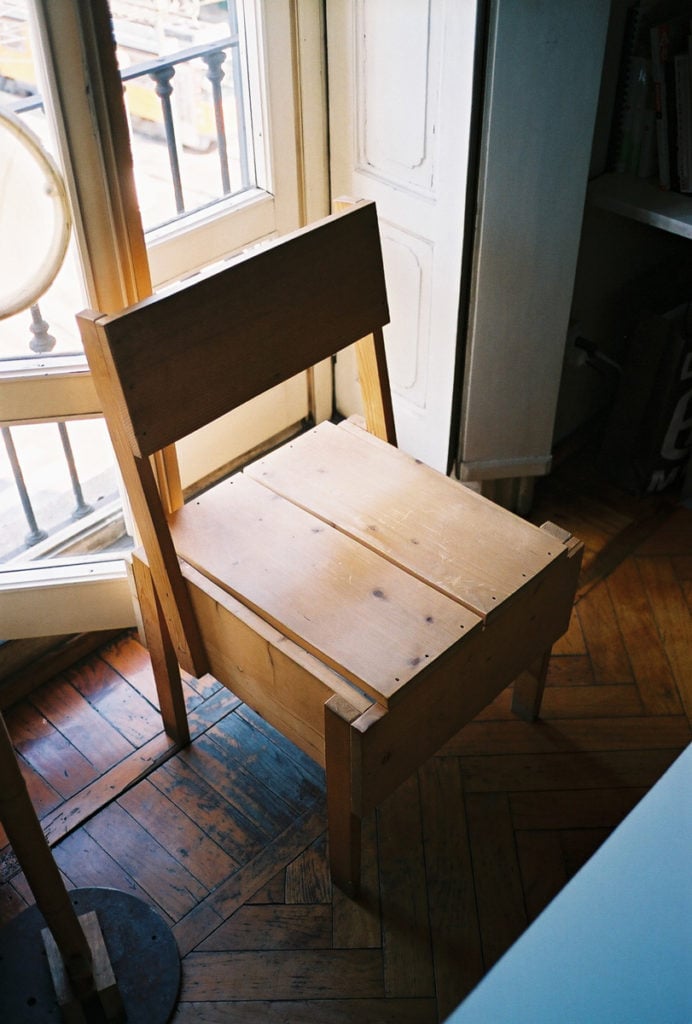
The following interview was originally published in Apartamento magazine issue #4.
Milan: I was in a really tight spot when Marco’s iChat bubble came up on my screen, asking me if I wanted to interview Enzo Mari. I didn’t know what to say. Why me? I just didn’t get it. I’ve never been interested in design, or architecture, or chairs and whatnot. To me a chair is something I sit on when I work, read, eat, and watch TV. That’s it. I just don’t care about it and I don’t know anything about it. Now, you might ask me, ‘So why are you bothering me with your thoughts? Why are your words even on this page, guy?’ Well, the answer is simple. I just couldn’t say no to Enzo Mari. Even I—a person who has never set foot in a design store and who doesn’t know the names of more than seven living architects—have total, absolute respect for Enzo Mari. He is a living legend who transcends the boundaries of his practice, whose linear, clean designs are as graceful as his mind and as tough as his no-holds-barred attitude. A man who called Rem Koolhaas a ‘pornographic window dresser’ is a man I couldn’t say no to. So, here is our conversation. We ended up talking about form, the essence of design, capitalism, and the intelligence of children. Enjoy.





















 close
close


